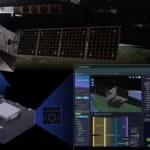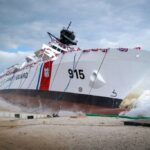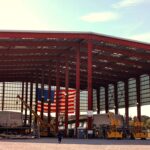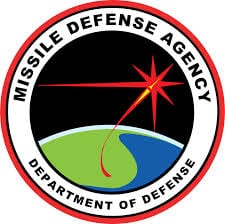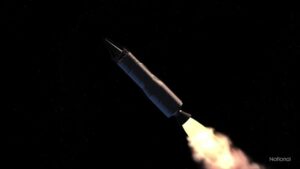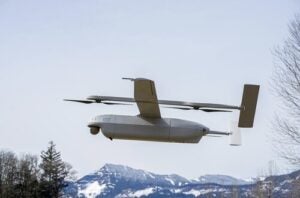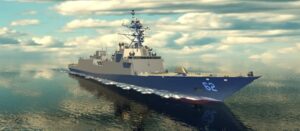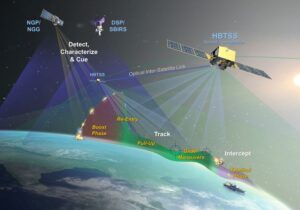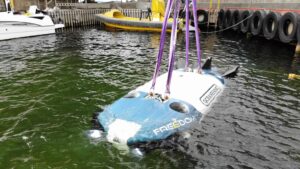
The Navy’s undersea systems office and the Defense Innovation Unit (DIU) have selected Anduril Industries, Kongsberg Discovery, and Oceaneering International [OII] to prototype large unmanned underwater vessels (UUVs) for testing. The awards were made by the DIU with a base period of four months each and options to extend the period of performance to two years. The values of the contracts were not disclosed. DIU said one of the key efforts to the Audio large displacement UUV (LDUUV) project is…

 By
By 